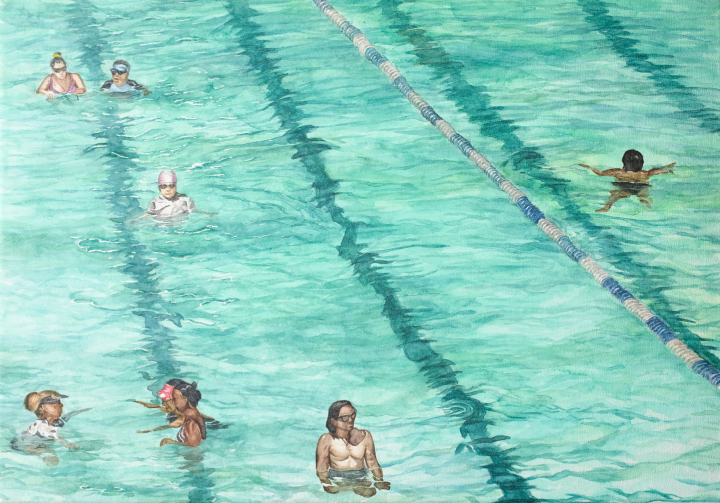
Ian is a senior at LaGuardia High School. He worked on his art high school portfolio at Ashcan Little Neck. He finished making his college portfolio with at Ashcan Art Mahattan earlier this year and has been accepted to many colleges already! including Cooper Union. In this video, he talks about the process of applying to the Art High Schools in NYC and the Art Portfolio that got him ACCEPTED to LaGuardia! and the top US Art Programs.









